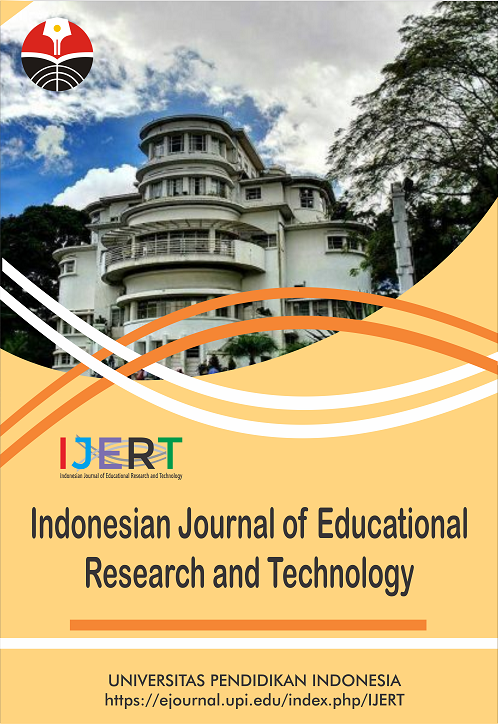Chemical Bonding: From Simple Bond Forces to Electron Pairs
Abstract
Keywords
Full Text:
PDFReferences
Andika, R., and Putra, Z. A. (2022). Teaching programming to chemical engineering students. ASEAN Journal of Science and Engineering Education, 2(1), 51-60.
Barke, H. D. (1993). Chemical education and spatial ability. Journal of Chemical Education, 70(12), 968-971.
Barke, H. D. (2012). Two ideas of the redox reaction: Misconceptions and their challenge in chemistry education. African Journal of Chemical Education, 2(2), 32-50.
Barke, H. D. (2015). Learners ideas, misconceptions, and challenge. Chemistry Education: Best Practices, Opportunities and Trends, 10, 395-420.
Barke, H. D., and Büchter, J. (2018). Laboratory jargon of lecturers and misconceptions of students. African Journal of Chemical Education, 8(1), 28-38.
Barke, H. D., and Engida, T. (2001). Structural chemistry and spatial ability in different cultures. Chemistry Education Research and Practice, 2(3), 227-239.
Bilad, M. R., and Prayogi, S. (2021). Portfolio workbook as an effective method for student-centered learning of chemical engineering principles. ASEAN Journal of Science and Engineering Education, 1(1), 31-36.
Nandiyanto, A. B. D., Al Husaeni, D. N., and Al Husaeni, D. F. (2021) A bibliometric analysis of chemical engineering research using vosviewer and its correlation with covid-19 pandemic condition. Journal of Engineering Science and Technology, 16(6), 4414-4422.
Nandiyanto, A. B. D., Biddinika, M. K., and Triawan, F. (2020) Evaluation on research effectiveness in a subject area among top class universities: A case of Indonesia's academic publication dataset on chemical and material sciences. Journal of Engineering Science and Technology, 15(3), 1747-1775.
Wirzal, M. D. H., and Putra, Z. A. (2022). What is the correlation between chemical engineering and special needs education from the perspective of bibliometric analysis using vosviewer indexed by google scholar?. Indonesian Journal of Community and Special Needs Education, 2(2), 103-110.
DOI: https://doi.org/10.17509/ijert.v2i3.57268
Refbacks
- There are currently no refbacks.
Copyright (c) 2023 Universitas Pendidikan Indonesia (UPI)

This work is licensed under a Creative Commons Attribution-ShareAlike 4.0 International License.







.png)




